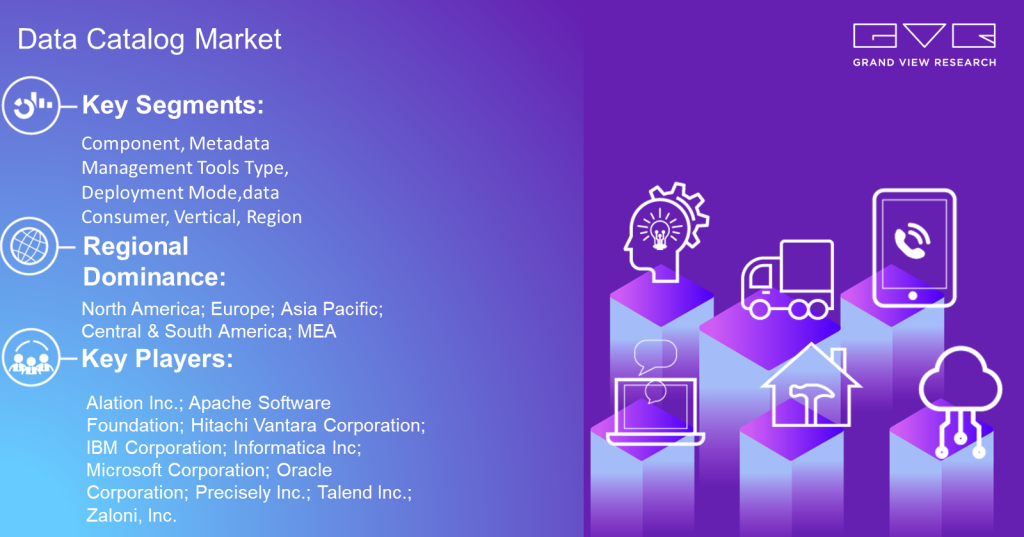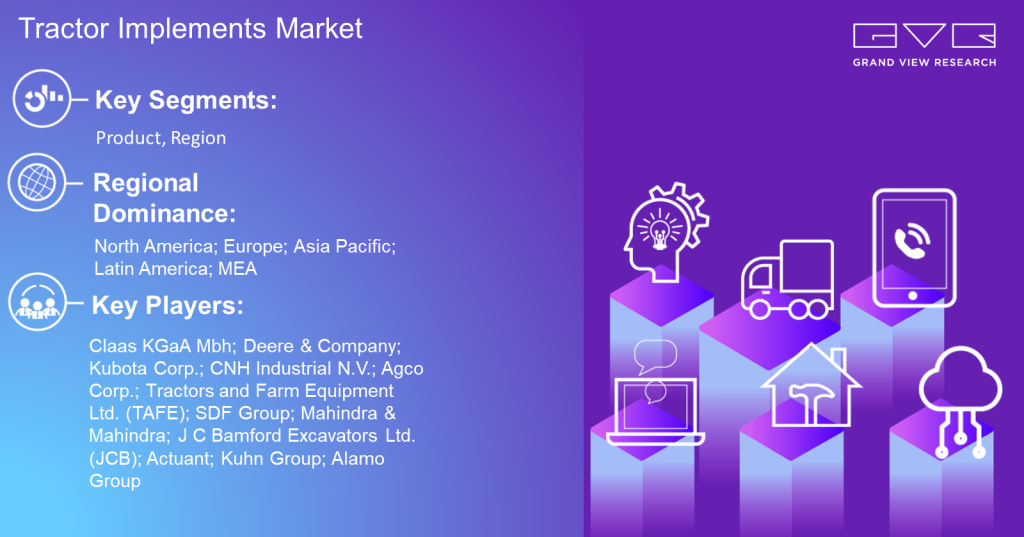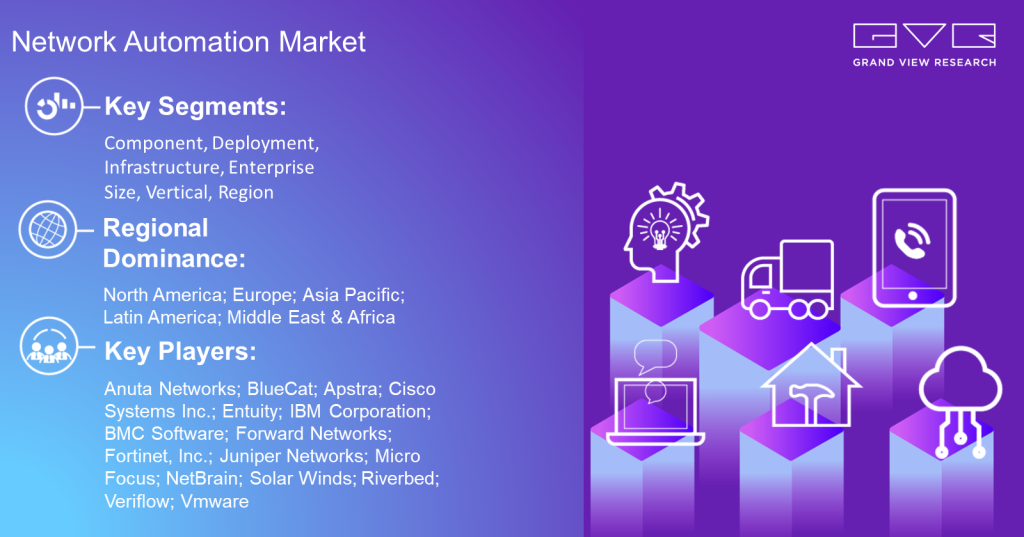
San Francisco, 28 Nov 2023: The Report Automated Test Equipment Market Size, Share & Trends Analysis Report By Product (Non-memory, Memory, Discrete), By Vertical (Automotive, Aerospace & Defense, IT & Telecom), By Region, And Segment Forecasts, 2021 – 2028
The global automated test equipment market size is expected to reach USD 8.94 billion by 2028, according to a new study by Grand View Research, Inc. It is expected to expand at a CAGR of 3.3% from 2021 to 2028. Increasing adoption of System on Chip (SoC) coupled with high demand for consumer electronics is anticipated to drive the growth. Growing electronic content in automotive sector and penetration of smartphones is expected to drive the market. Furthermore, the demand for Automated Test Equipment (ATE) in manufacturing industry as the test equipment save the manufacturing cost and helps in eliminating the defective devices is projected to continue fueling the market.
Miniaturization has spurred demand across various semiconductor manufacturing companies. Additionally, considerable technological advancements coupled with design complexity and the need for adequate testing is expected to positively impact the growth. Developments in semiconductor manufacturing processes along with expansion of wireless networks in developing nations is expected to provide significant growth opportunities for the global market.
The growth of ATE market is primarily driven by semiconductor manufacturing companies which focus on cost-effective testing. Semiconductor manufacturing companies no longer consider fabrication costs as a factor for profit margin in semiconductor chip manufacturing. Semiconductor companies focus on improving their fabrication technology and look for efficient ways of testing to reduce losses due to damages. Advancements in smartphones, tablets, and SoC-based products is creating demand for greater functionality in ATE. As connected devices get smaller, more powerful, and multifaceted; they face design, application, and fabrication challenges, increasing the product demand.
Increasing design complexities along with major technological inventions such as advanced Design for Test (DFT) and adaptive testing are some of the key factors driving the automatic test equipment market. Moreover, recent innovations in Internet of Things (IoT) devices, autonomous vehicles, along with significant changes in the defense and aerospace sectors have significantly transformed the market dynamics.
Non-memory automated test equipment product segment is expected to hold significant market share over the forecast period owing to the increasing number of microcontroller-based applications and demand of the automotive sector. Revenue from IT and telecommunications sector is projected to witness significant growth in the forthcoming years. Asia Pacific accounted for the largest market share in 2019 and is expected to register the fastest growth over the forecast period, owing to the rising number of semiconductor industries in the region. Key market players include Aemulus Holdings Bhd (“Aemulus”); Chroma ATE Inc.; and Teradyne Inc.
Access Research Report of Automated Test Equipment Market @ https://www.grandviewresearch.com/industry-analysis/automated-test-equipment-market
Automated Test Equipment Market Report Highlights
- The growth of automated test equipment market is driven by the significant use of the test equipment in automotive and semiconductor industry
- In the product segment, Non-memory ATE held the largest market share in 2019 and is estimated to witness the second-fastest growth over the forecast period owing to the expansion of consumer electronics, growing number of microcontroller-based application, and other such factors
- In the vertical segment, IT and telecommunication is estimated to continue holding the largest market share in the forthcoming years, owing to the increased focus on effective communication
- The automotive segment is expected to witness considerable growth over the forecast period owing to the increasing integration of the electronic devices in the automobile industry
- North America is estimated to witness substantial growth over the forecast period owing to the high investment in aerospace and defense couple with technological innovations
- Key market players include Aemulus Holdings Bhd (“Aemulus”); Chroma ATE Inc.; Aeroflex Inc. (a subsidiary of Cobham plc); Astronics Corporation; Advantest Corporation; LTX-Credence Corporation (Xcerra Corporation); Teradyne Inc.; STAr Technologies Inc. (a subsidiary of Innotech Corporation); Tesec Corporation; Roos Instruments, Inc.; Marvin Test Solutions Inc.; and Danaher Corporation. Teradyne Inc.; LTX-Credence Corporation (Xcerra Corporation); and Advantest Corporation dominated majority of global market share
Automated Test Equipment Market Report Scope
| Report Attribute | Details |
| Market size value in 2021 | USD 7.12 billion |
| Revenue forecast in 2028 | USD 8.94 billion |
| Growth Rate | CAGR of 3.3% from 2021 to 2028 |
| Base year for estimation | 2020 |
| Historical data | 2017 – 2019 |
| Forecast period | 2021 – 2028 |
List of Key Players of Automated Test Equipment Market
- Aemulus Holdings Bhd (“Aemulus”)
- Chroma ATE Inc.
- Aeroflex Inc. (a subsidiary of Cobham plc)
- Astronics Corporation
- Advantest Corporation
- LTX-Credence Corporation (Xcerra Corporation)
- Teradyne Inc.
- STAr Technologies Inc. (a subsidiary of Innotech Corporation)
- Tesec Corporation
- Roos Instruments, Inc.
- Marvin Test Solutions Inc.
- Danaher Corporation
Access Press Release of Automated Test Equipment Market @ https://www.grandviewresearch.com/press-release/global-automated-test-equipment










